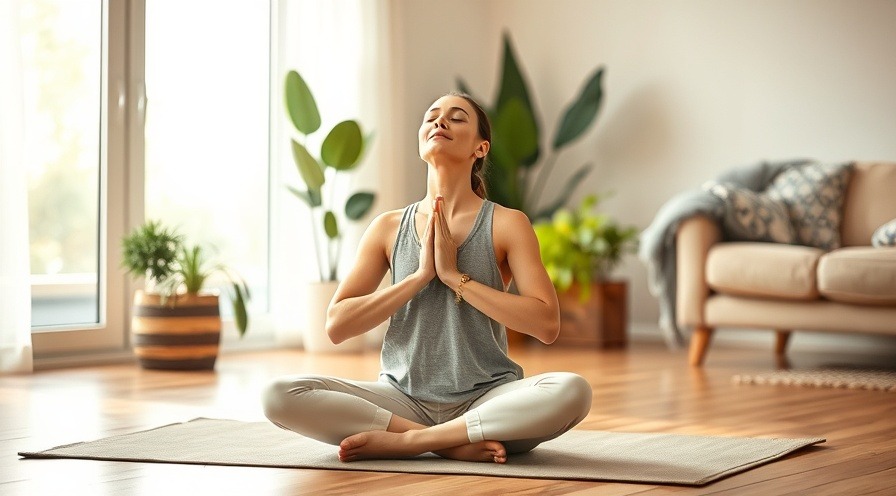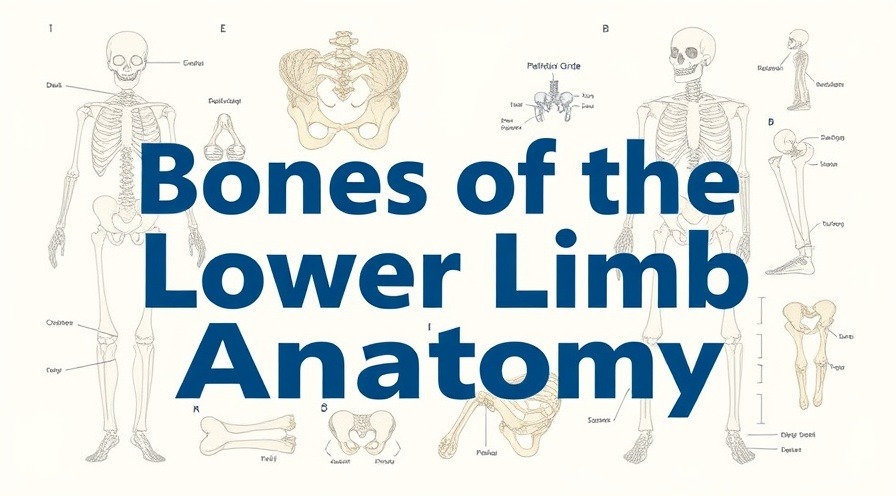
20 Budget-Friendly Self-Care Practices That Don't Involve A Pedicure (Or Breaking the Bank)
Because wellness shouldn't require a spa membership or a trust fund.
Self-care has become the ultimate buzzword, but let's be honest—most of us can't afford weekly massages or monthly pedicures. The good news? True self-care isn't about how much you spend; it's about how intentionally you nurture your well-being. Research shows that self-care practices lead to improved well-being and lower morbidity, mortality, and healthcare costs, proving that taking care of yourself isn't selfish—it's smart.
Why Self-Care Matters More Than Your Instagram Feed
Before we dive into our wallet-friendly wellness toolkit, let's talk science. Dr. Kristin Neff, a pioneer in self-compassion research and recognized as one of the world's most influential research psychologists, has spent over two decades studying how we treat ourselves. Her research reveals that self-compassion—treating yourself with the same kindness you'd show a good friend—can reduce anxiety, depression, and stress while boosting motivation and life satisfaction.
The truth is, self-care isn't about bubble baths and face masks (though those are nice too). It's about creating sustainable practices that support your physical, mental, and emotional health without requiring a second mortgage.
Mind-Body Connection: Mental Health Boosters
1. Practice the 5-4-3-2-1 Grounding Technique
When anxiety strikes, engage your senses: identify 5 things you can see, 4 you can touch, 3 you can hear, 2 you can smell, and 1 you can taste. It's like a mental reset button, and it costs exactly zero dollars.
2. Write Morning Pages
Grab any notebook and write three pages of stream-of-consciousness thoughts first thing in the morning. Think of it as a mental dump truck—clearing out the clutter before your day begins.
3. Practice Gratitude Listing
Before bed, jot down three things you're grateful for. Research consistently shows this simple practice can improve sleep quality and overall life satisfaction. Plus, gratitude is free and calorie-free.
4. Try Box Breathing
Inhale for 4 counts, hold for 4, exhale for 4, hold for 4. Repeat. It's meditation's practical cousin—perfect for those who think they "can't meditate" (spoiler: everyone can).
5. Create a "Worry Window"
Set aside 10 minutes daily to worry intentionally. Write down your concerns, then close the notebook. Outside this window, remind yourself: "That's for worry time." Your brain will thank you for the structure.

Physical Wellness: Caring for Your Body Temple
6. Take Walking Meetings (With Yourself)
Turn your daily walk into a problem-solving session. Discuss your day with yourself—out loud if you're brave enough. Walking boosts creativity by up to 60%, according to Stanford research.
7. Stretch in Bed
Before getting up, spend 5 minutes stretching in bed. Your spine will appreciate the gentle wake-up call, and you'll start the day feeling less like a rusty robot.
8. Practice Progressive Muscle Relaxation
Tense and release each muscle group, starting from your toes and working up. It's like giving yourself a massage from the inside out—no expensive equipment required.
9. Dance Like Nobody's Watching (Because They're Not)
Put on your favorite song and dance for 3-5 minutes. It's cardio, stress relief, and joy all rolled into one ridiculous, wonderful package.
10. Try Cold Water Face Plunges
Fill a bowl with cold water and dip your face for 30 seconds. It activates your vagus nerve, reducing stress and inflammation. Think of it as a wake-up call for your nervous system.
Emotional and Social Wellness
11. Practice Saying "No" Out Loud
Stand in front of a mirror and practice saying "no" in different ways. "No, thank you." "That doesn't work for me." "I'm not available." Treat it like a foreign language you're learning to speak fluently.
12. Write Letters You'll Never Send
Pour your heart out on paper to someone who hurt you, frustrated you, or whom you miss. The act of writing processes emotions without the complications of actual communication.
13. Create Boundaries With Technology
Designate tech-free zones or times. Your phone will survive an hour without you—promise. Your nervous system, however, needs the break more than you realize.
14. Practice the "Good Friend" Test
When your inner critic gets loud, ask: "Would I say this to a good friend?" Dr. Kristin Neff's research shows that self-compassion involves treating yourself with kindness versus judgment, and this simple question can shift your internal dialogue dramatically.
15. Engage in "Micro-Volunteering"
Spend 10 minutes helping someone online—answer a question in a forum, leave an encouraging comment, or share helpful information. Connection and contribution boost mood better than most antidepressants.

Creative and Spiritual Nourishment
16. Start a "Junk Journal"
Use any notebook to collage, doodle, write random thoughts, or paste interesting finds. There are no rules, no judgment, and no Pinterest-worthy expectations—just pure creative expression.
17. Practice Mindful Eating With One Bite
Choose one bite during each meal to eat with complete attention. Notice texture, flavor, temperature. It's meditation disguised as lunch.
18. Create a Personal Mission Statement
Write 2-3 sentences about what matters most to you. Revisit it when making decisions. Think of it as your personal North Star—always pointing you toward what truly matters.
19. Try Cloud Watching
Lie on the ground and watch clouds for 10 minutes. It's the adult version of childhood wonder, and it costs nothing but time—which you deserve to spend on yourself.
20. Practice "Loving-Kindness" Meditation
Send good wishes to yourself, loved ones, neutral people, difficult people, and all beings. Start with: "May I be happy, may I be healthy, may I be at peace." It sounds simple, but research shows it can increase positive emotions and life satisfaction.
Making It Stick: Your Self-Care Reality Check
The key to sustainable self-care isn't perfection—it's consistency. Start with 2-3 practices that resonate with you, then gradually add others. Remember, self-care isn't selfish; it's the foundation that allows you to show up fully for everything else in your life.
Your future self will thank you for the investment, and your bank account will thank you for the savings. Because the best things in life—including taking care of yourself—really are free.
Disclaimer: The information in this article is for educational purposes only and is not intended to replace professional medical advice, diagnosis, or treatment. Always consult with qualified healthcare professionals before making significant changes to your health routine
 Add Row
Add Row  Add
Add 




Write A Comment